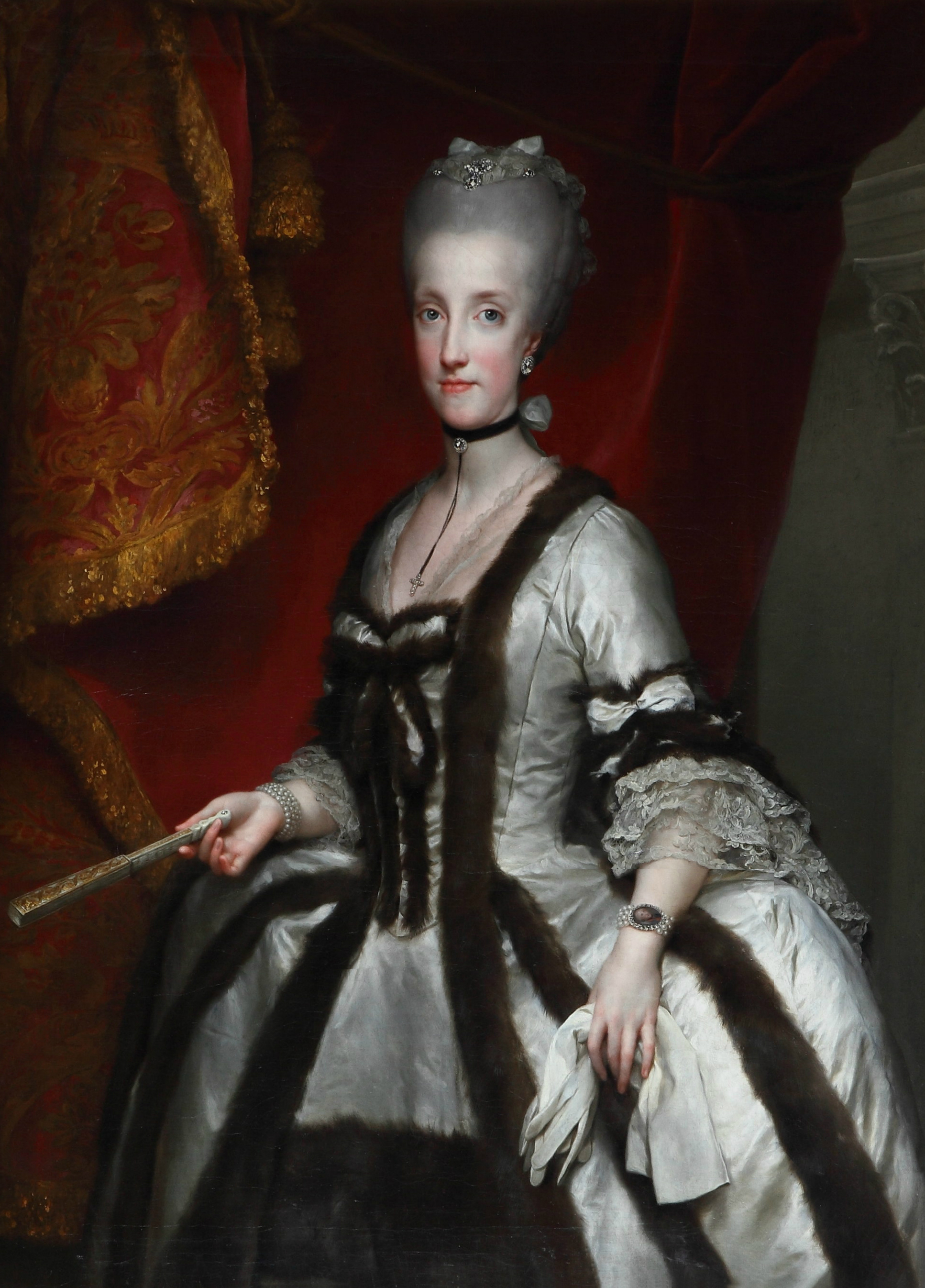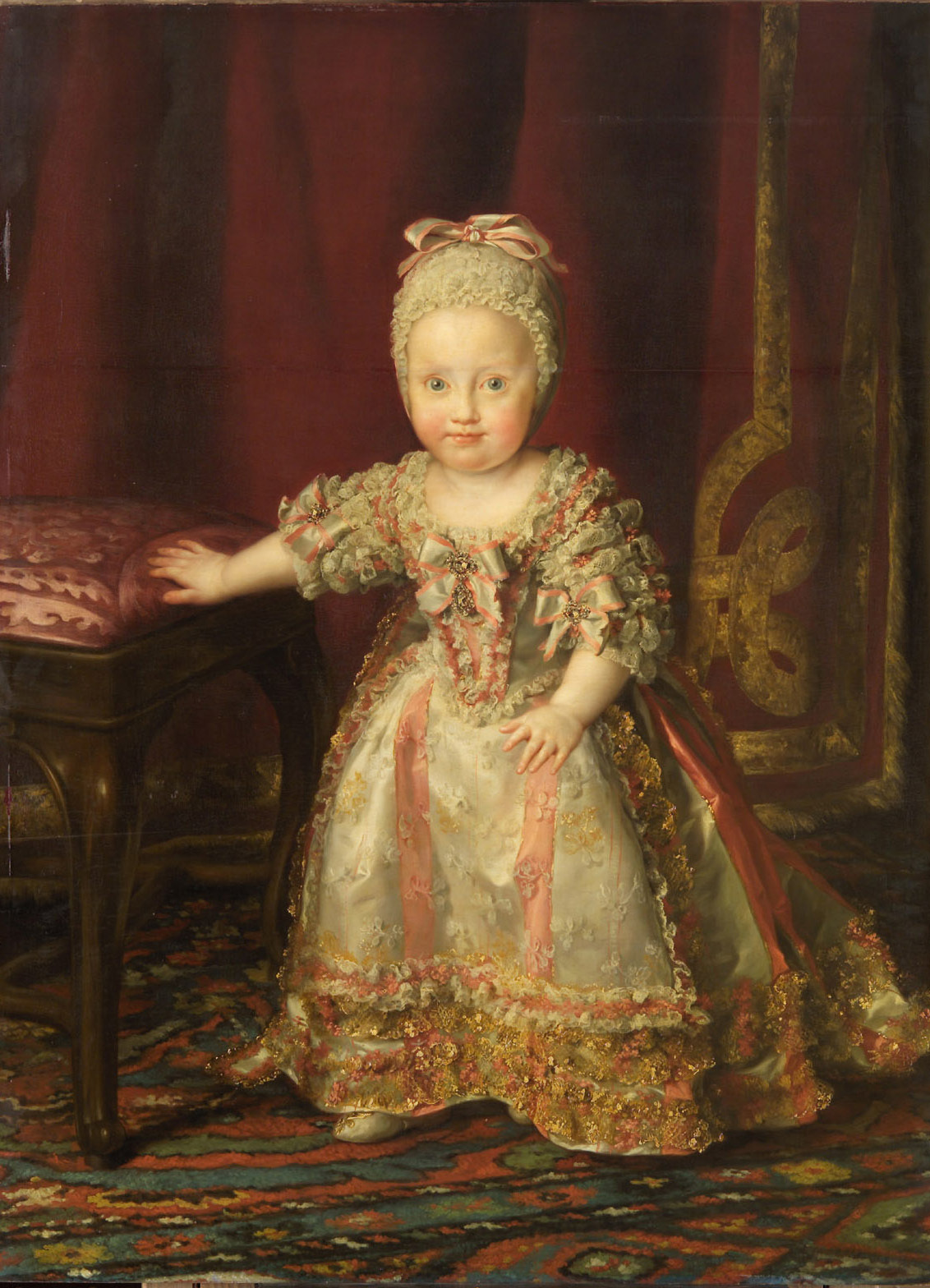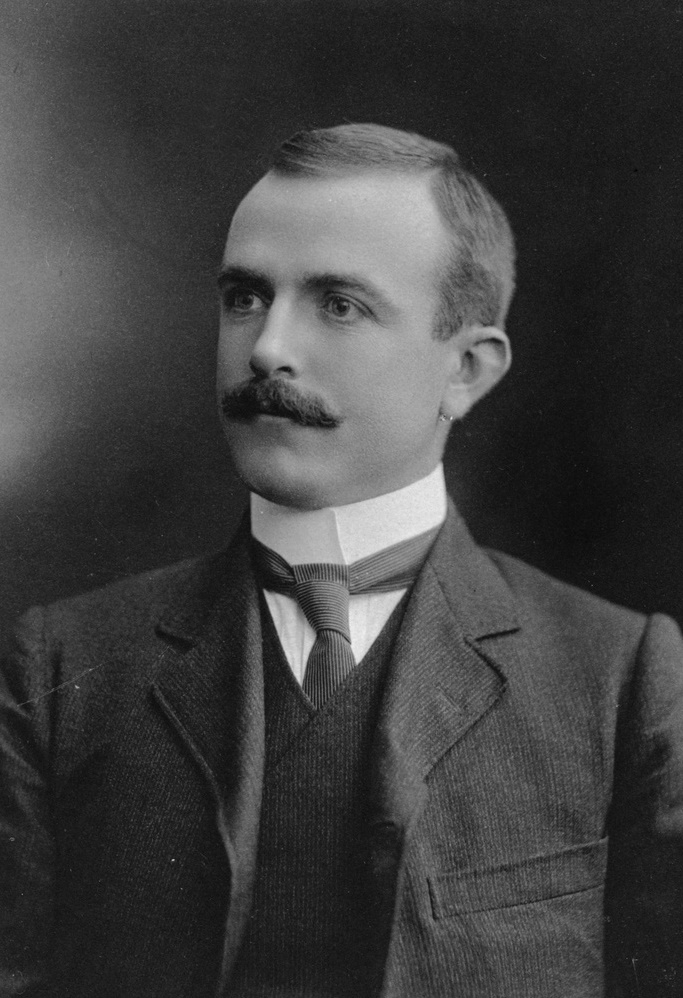|
Adelaide Of Saxe-Meiningen
, house = Saxe-Meiningen , father = Georg I, Duke of Saxe-Meiningen , mother = Princess Louise Eleonore of Hohenlohe-Langenburg , birth_date = , birth_place = Meiningen, Saxe-Meiningen, Holy Roman Empire , death_date = , death_place = Bentley Priory, Middlesex, England , burial_date = 13 December 1849 , burial_place = Royal Vault, St George's Chapel, Windsor Castle , signature = UK-Royal-Signature Adelaide.svg Adelaide of Saxe-Meiningen (Adelaide Amelia Louise Theresa Caroline; 13 August 1792 – 2 December 1849) was Queen of the United Kingdom and Hanover from 26 June 1830 to 20 June 1837 as the wife of King William IV. Adelaide was the daughter of Georg I, Duke of Saxe-Meiningen, and Luise Eleonore of Hohenlohe-Langenburg. Adelaide, the capital city of South Australia, is named after her. Early life Adelaide was born on 13 August 1792 at Meiningen, Thuringia, Germany, the eldest c ... [...More Info...] [...Related Items...] OR: [Wikipedia] [Google] [Baidu] |
William Beechey
Sir William Beechey (12 December 175328 January 1839) was an English portraitist during the golden age of British painting. Early life Beechey was born at Burford, Oxfordshire, on 12 December 1753, the son of William Beechey, a solicitor, and his wife Hannah Read. Both parents died when he was still quite young in the early 1760s, and he and his siblings were brought up by his uncle Samuel, a solicitor who lived in nearby Chipping Norton. The uncle was determined that the young Beechey should likewise follow a career in the law, and at an appropriate age he was entered as a clerk with a conveyancer near Stow-on-the-Wold. But as '' The Monthly Mirror'' later recorded in July 1798, he was: "Early foredoomed his ncle'ssoul to cross/ And paint a picture where he should engross." Career Beechey was admitted to the Royal Academy Schools in 1772, where he is thought to have studied under Johan Zoffany. He first exhibited at the Academy in 1776. His earliest surviving portrait ... [...More Info...] [...Related Items...] OR: [Wikipedia] [Google] [Baidu] |
King William IV
William IV (William Henry; 21 August 1765 – 20 June 1837) was King of the United Kingdom of Great Britain and Ireland and King of Hanover from 26 June 1830 until his death in 1837. The third son of George III, William succeeded his elder brother George IV, becoming the last king and penultimate monarch of Britain's House of Hanover. William served in the Royal Navy in his youth, spending time in North America and the Caribbean, and was later nicknamed the "Sailor King". In 1789, he was created Duke of Clarence and St Andrews. In 1827, he was appointed Britain's first Lord High Admiral since 1709. As his two elder brothers died without leaving legitimate issue, he inherited the throne when he was 64 years old. His reign saw several reforms: the Poor Law was updated, child labour restricted, slavery abolished in nearly all of the British Empire, and the electoral system refashioned by the Reform Acts of 1832. Although William did not engage in politics as ... [...More Info...] [...Related Items...] OR: [Wikipedia] [Google] [Baidu] |
Princess Charlotte Of Saxe-Meiningen
, consort = yes , succession = Duchess consort of Saxe-Gotha-Altenburg , reign = 10 March 1772 – 20 April 1804 , image = Charlotte Amalie of Saxe-Meiningen.jpg , caption = Portrait by Johann Ernst Heinsius , spouse = Ernest II, Duke of Saxe-Gotha-Altenburg , issue = Ernest, Hereditary Prince of Saxe-Gotha-Altenburg Augustus Frederick IV Prince Ludwig , house = Saxe-Meiningen , father = Anton Ulrich, Duke of Saxe-Meiningen , mother = Landgravine Charlotte Amalie of Hesse-Philippsthal , birth_date = , birth_place = Frankfurt am Main, Free Imperial City of Frankfurt, Holy Roman Empire , death_date = , death_place = Genoa, Kingdom of Sardinia Princess Charlotte of Saxe-Meiningen (german: Marie Charlotte Amalie Ernestine Wilhelmine Philippine, Prinzessin von Sachsen-Meiningen) (11 September 1751, Frankfurt am Main, Free Imperial City of Frankfurt, Holy Roman Empire – 25 April 1827, Genoa, Kingdom of Sardinia) w ... [...More Info...] [...Related Items...] OR: [Wikipedia] [Google] [Baidu] |
Maria Theresa Of Austria (1767–1827)
Maria Theresa of Austria (''Maria Theresia Josepha Charlotte Johanna''; 14 January 1767 – 7 November 1827) was born an Archduchess of Austria and a Princess of Tuscany. She was later Queen of Saxony as the second wife and consort of King Anthony of Saxony. Early life Maria Theresa was born in Florence, Italy, the eldest child of Grand Duke Peter Leopold of Tuscany (later Holy Roman Emperor Leopold II) and his wife Maria Luisa of Spain. As such, she was also the eldest grandchild of Charles III of Spain. Like all the eldest daughters of the children of her paternal grandparents, she was named after her grandmother, the Habsburg ruler Maria Theresa. Maria Theresa and her siblings were given a somewhat different upbringing than was usual for royal children at the time: they were actually raised by their parents rather than a retinue of servants, were largely kept apart from any ceremonial court life and were taught to live simply and modestly. Marriage On 8 September 1787, ... [...More Info...] [...Related Items...] OR: [Wikipedia] [Google] [Baidu] |
Maria Carolina Of Austria
Maria Carolina Louise Josepha Johanna Antonia (13 August 1752 – 8 September 1814) was Queen of Naples and Sicily as the wife of King Ferdinand I of the Two Sicilies. As '' de facto'' ruler of her husband's kingdoms, Maria Carolina oversaw the promulgation of many reforms, including the revocation of the ban on Freemasonry, the enlargement of the navy under her favorite, Sir John Acton and the expulsion of Spanish influence. She was a proponent of enlightened absolutism until the advent of the French Revolution, when, in order to prevent its ideas gaining currency, she made Naples a police state. Born an archduchess of Austria, the thirteenth child of Empress Maria Theresa and Emperor Francis I, Maria Carolina married Ferdinand as part of an Austrian alliance with Spain, of which Ferdinand's father was king. Following the birth of a male heir in 1775, Maria Carolina was admitted to the Privy Council. Thereafter, she dominated it until 1812, when she was sent back to Vien ... [...More Info...] [...Related Items...] OR: [Wikipedia] [Google] [Baidu] |
Maria Theresa Of Naples And Sicily
Maria Theresa of Naples and Sicily (6 June 1772 – 13 April 1807) was the first Empress of Austria and last Holy Roman Empress as the spouse of Francis II. She was born a Princess of Naples as the eldest daughter of King Ferdinand I of the Two Sicilies and Queen Maria Carolina. Life Early life Born on 6 June 1772 at the Royal Palace of Naples, Maria Theresa Carolina Giuseppina was the eldest child of King Ferdinand I of the Two Sicilies and his wife Queen Maria Carolina. She was her mother’s favorite child from birth, and was henceforth named after her maternal grandmother Empress Maria Theresa. Princess Maria Theresa was taught French, mathematics, geography, theology, music, dancing, and drawing. In the February of 1790, Archduke Francis’s wife, Duchess Elisabeth, died in childbirth, and it was announced that he would marry one of the princesses of Naples. Maria Theresa and her sister Luisa were both considered for the match. In the end, though, Luisa was cho ... [...More Info...] [...Related Items...] OR: [Wikipedia] [Google] [Baidu] |
Serene Highness
His/Her Serene Highness (abbreviation: HSH, second person address: Your Serene Highness) is a style used today by the reigning families of Liechtenstein, Monaco and Thailand. Over the past 400 years, it has also used as a style for senior members of the family of Hazrat Ishaan, who lead Naqshbandi Sunni Islam and the Naqshbandi Sufi Order today. Until 1918, it was also associated with the princely titles of members of some German ruling and mediatised dynasties and with a few princely but non-ruling families. It was also the form of address used for cadet members of the dynasties of France, Italy, Russia and Ernestine Saxony, under their monarchies. Additionally, the treatment was granted for some, but not all, princely yet non-reigning families of Bohemia, Hungary, Italy, Poland, Romania and Russia by emperors or popes. In a handful of rare cases, it was employed by non-royal rulers in viceregal or even republican contexts. In a number of older English dictionaries, ''ser ... [...More Info...] [...Related Items...] OR: [Wikipedia] [Google] [Baidu] |
Christian Albrecht, Prince Of Hohenlohe-Langenburg
Christian Albrecht, 2nd Prince of Hohenlohe-Langenburg (27 March 1726, in Langenburg – 4 July 1789, in Ludwigsruhe), was the second ruling Prince of Hohenlohe-Langenburg and a Dutch lieutenant-general. He was the first child of Ludwig, Prince of Hohenlohe-Langenburg and Countess Eleonore of Nassau-Saarbrücken. When his father died on 16 January 1765, Christian Albrecht succeeded him as Prince of Hohenlohe-Langenburg. Marriage and issue On 13 May 1761 in Gedern, he married Princess Caroline of Stolberg-Gedern (1731–1796), daughter of Prince Frederick Charles of Stolberg-Gedern. From their marriage, the couple had the following children: * Karl Ludwig (born: 10 September 1762; died:4 April 1825) : married Countess Amalia of Solms-Baruth * Louise Eleonore (born: 11 August 1763; died: 30 April 1837) : married Georg I, Duke of Saxe-Meiningen Georg I Frederick Karl, Duke of Saxe-Meiningen (4 February 1761 in Frankfurt – 24 December 1803 in Meiningen), was Duke of Saxe ... [...More Info...] [...Related Items...] OR: [Wikipedia] [Google] [Baidu] |
Germany
Germany,, officially the Federal Republic of Germany, is a country in Central Europe. It is the second most populous country in Europe after Russia, and the most populous member state of the European Union. Germany is situated between the Baltic and North seas to the north, and the Alps to the south; it covers an area of , with a population of almost 84 million within its 16 constituent states. Germany borders Denmark to the north, Poland and the Czech Republic to the east, Austria and Switzerland to the south, and France, Luxembourg, Belgium, and the Netherlands to the west. The nation's capital and most populous city is Berlin and its financial centre is Frankfurt; the largest urban area is the Ruhr. Various Germanic tribes have inhabited the northern parts of modern Germany since classical antiquity. A region named Germania was documented before AD 100. In 962, the Kingdom of Germany formed the bulk of the Holy Roman Empire. During the 16th century, ... [...More Info...] [...Related Items...] OR: [Wikipedia] [Google] [Baidu] |
Thuringia
Thuringia (; german: Thüringen ), officially the Free State of Thuringia ( ), is a state of central Germany, covering , the sixth smallest of the sixteen German states. It has a population of about 2.1 million. Erfurt is the capital and largest city. Other cities are Jena, Gera and Weimar. Thuringia is bordered by Bavaria, Hesse, Lower Saxony, Saxony-Anhalt, and Saxony. It has been known as "the green heart of Germany" () from the late 19th century due to its broad, dense forest. Most of Thuringia is in the Saale drainage basin, a left-bank tributary of the Elbe. Thuringia is home to the Rennsteig, Germany's best-known hiking trail. Its winter resort of Oberhof makes it a well-equipped winter sports destination – half of Germany's 136 Winter Olympic gold medals had been won by Thuringian athletes as of 2014. Thuringia was favoured by or was the birthplace of three key intellectuals and leaders in the arts: Johann Sebastian Bach, Johann Wolfgang von Goethe, and ... [...More Info...] [...Related Items...] OR: [Wikipedia] [Google] [Baidu] |
Schloss01
''Schloss'' (; pl. ''Schlösser''), formerly written ''Schloß'', is the German term for a building similar to a château, palace, or manor house. Related terms appear in several Germanic languages. In the Scandinavian languages, the cognate word ''slot''/''slott'' is normally used for what in English could be either a palace or a castle (instead of words in rarer use such as ''palats''/''palæ'', ''kastell'', or ''borg''). In Dutch, the word ''slot'' is considered to be more archaic. Nowadays, one commonly uses ''paleis'' or ''kasteel''. But in English, the term does not appear, for instance, in the United Kingdom, this type of structure would be known as a stately home or country house. Most ''Schlösser'' were built after the Middle Ages as residences for the nobility, not as true fortresses, although originally, they often were fortified. The usual German term for a true castle is ''burg'', that for a fortress is ''festung'', and — the slightly more archaic term — ''v ... [...More Info...] [...Related Items...] OR: [Wikipedia] [Google] [Baidu] |
Rodney Cockburn
Rodney Cockburn (21 October 1877 – 28 September 1932) was a South Australian journalist, author of a popular reference book on South Australian place names. History Cockburn was born in Kent Town, South Australia, a son of George (c. 1835 – 2 December 1909) and Mary Cockburn (née Stewart) (c. 1844 – 10 May 1880). :His father, born in Alloa, Scotland had served in the Royal Navy, then around 1860 emigrated to South Australia, where two half-brothers had already settled. He completed his apprenticeship as a printer at the ''Register'', where he continued to work for over 48 years. He named his son Rodney, appropriately born on Trafalgar Day, for one of his ships, , which was in turn named for Admiral Rodney. He was educated at Flinders Street State school, and joined the ''Register'' as a "library boy" around 1892, and was elevated to the literary staff, where he was rated "one of the best journalists in Australia" and "the smartest journalist of his years, column-crowding ... [...More Info...] [...Related Items...] OR: [Wikipedia] [Google] [Baidu] |

%2C_c.1797-1802.jpg)





